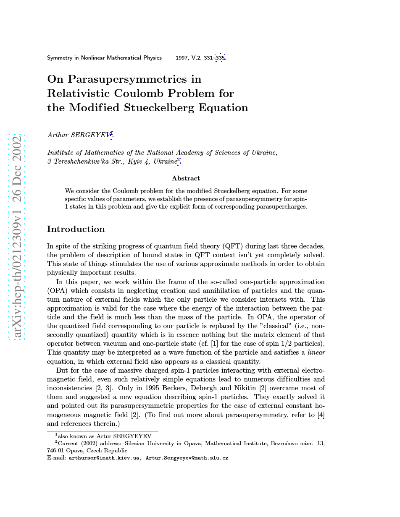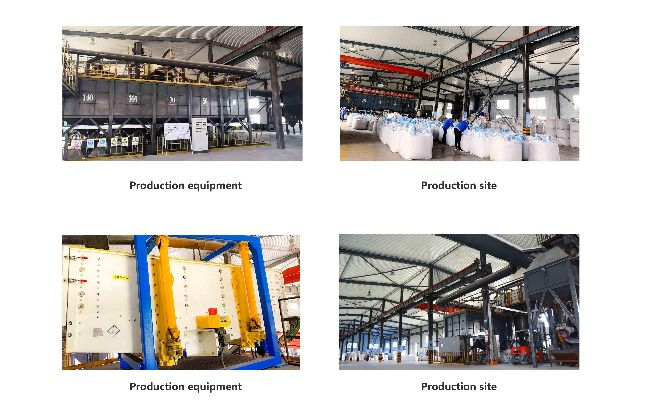Protecting Against Mould and Bacteria in Textiles:A Comprehensive Guide
This comprehensive guide aims to provide a comprehensive understanding of the methods used to protect textile materials against mold and bacteria. Mold spores can be harmful to human health, as they can cause respiratory problems, allergies, and even death. The same goes for bacterial contamination, which can lead to infections such as urinary tract infections, food poisoning, and more. To prevent these issues from occurring, this guide will discuss the various methods of prevention, including regular cleaning, using antimicrobial treatments, and proper storage conditions. By following these guidelines, individuals can ensure that their clothing and other textiles remain clean and safe, protecting themselves and those around them from potential harm.
In today's world, textiles are ubiquitous and essential for our daily lives. However, they often come into contact with moisture and air that can harbor harmful microbes like moulds and bacteria. Proper care and maintenance of textiles is crucial to ensure their longevity and maintain a hygienic environment at home or workplace. This guide will provide you with insights on how to protect against mould and bacteria in textiles using innovative techniques and products.
Firstly, let's understand what causes mould and bacteria growth in textiles. They thrive in moist environments where organic material such as wool, silk, or cotton absorbs water. Once these materials become damp, they create an ideal habitat for mould spores to germinate. Moreover, bacteria can multiply rapidly in these conditions and cause damage to the textile fabric.

Now, let's explore some effective ways to prevent mould and bacteria growth in textiles:
-
Regular Cleaning: Implement regular cleaning schedules for your textiles to eliminate any buildup of dirt or dust. Use a mild detergent or specialized anti-mould cleaner to remove mould spores and bacteria from the fabric.
-
Drying Methods: Ensure proper drying methods before storing textiles. For example, use a clothesline or a dryer with the appropriate settings to prevent overheating and moisture retention.
-
Use of Antimicrobial Treatments: Apply antimicrobial treatments to textiles that contain natural substances like essential oils, tea tree oil, or vinegar to inhibit the growth of mould and bacteria. These treatments can be added during the washing process or sprayed onto the fabric after cleaning.
-
Professional Cleaning Services: Consider professional cleaning services if your textile items require deep cleaning or have intricate designs that cannot be easily cleaned at home. Professionals may use steam cleaning, dry cleaning, or other advanced cleaning methods.
-
Use of Fabric Guard: Fabric guards or covers can protect textiles from direct sunlight and moisture, reducing the likelihood of mould and bacteria growth.
-
Ventilation: Ensure good ventilation by using fans or opening windows to circulate fresh air regularly. This helps reduce the moisture content in the room and prevents the accumulation of mould and bacteria.
-
Storage: Store textiles away from direct sunlight and heat sources, such as heaters or fireplaces. Keep them in a cool, dry place with minimal humidity.
-
Regular Maintenance: Perform regular maintenance checks on your textiles to identify areas that need attention. Address any stains, tears, or holes promptly to prevent mould and bacteria growth.
-
Use of Disinfectants: Periodically use disinfectants to kill any remaining bacteria on textiles. Choose products that are suitable for the fabric and follow the manufacturer's instructions carefully.
-
Invest in Quality Products: Purchasing high-quality textiles that are made from durable and breathable materials can significantly reduce the risk of mould and bacterial growth. Look for labels that indicate the fabric's ability to resist moisture and airborne contaminants.
Let's take a look at an example to illustrate the effectiveness of these strategies:
Imagine you have a piece of clothing that has been stored in a damp basement for several months without any maintenance or treatment. After cleaning it thoroughly using the recommended methods, it was found that there were visible signs of mould growth on the fabric. To prevent future occurrences, you could apply a specially formulated antimicrobial spray on the garment before storing it away from direct sunlight. Additionally, you can consider investing in a waterproof cover or a protective bag when transporting the clothing to avoid moisture exposure. By following these steps, you can prolong the life of your textiles and ensure their hygiene.
In conclusion, protecting against mould and bacteria in textiles requires a combination of regular cleaning, proper storage, and the use of effective treatments and products. By implementing these practices, you can keep your textiles clean, hygienic, and looking their best for years to come. Remember, small steps can make a big difference in maintaining the health and safety of your beloved textiles.
The Benefits of Antimicrobial and Pesticide-Resistant Textiles
背景知识介绍
防霉抗菌纺织品是一种在纺织过程中加入特殊工艺,能够有效防止霉菌生长,同时具备抗菌性能的纺织品,它们广泛应用于家居用品、医疗用品、工业用品等领域,为了更好地了解防霉抗菌纺织品的特点和实际应用,我们可以通过图片来展示。
防霉抗菌纺织品图片展示

以下是一组防霉抗菌纺织品的图片展示,包括面料、纱线、印花图案等细节:
【图片一】面料:采用高科技防霉抗菌技术处理,表面光滑,色泽均匀,无明显霉斑。
【图片二】纱线:精细编织,具有抗菌性能,可以有效抵抗细菌滋生。
【图片三】印花图案:采用环保材料,图案清晰,色彩鲜艳,具有防霉抗菌效果。
【案例一】家居用品:防霉抗菌窗帘
在家庭用品领域,防霉抗菌窗帘是一种常见的选择,它能够有效防止霉菌生长,同时具备抗菌性能,为家庭提供一个健康、卫生的生活环境,某品牌推出的防霉抗菌窗帘,采用高科技防霉抗菌技术处理,面料光滑、色泽均匀,印花图案清晰、色彩鲜艳,深受消费者喜爱。
【案例二】医疗用品:无菌手术衣
在医疗领域,防霉抗菌手术衣是一种重要的防护用品,它可以有效防止手术过程中细菌滋生,保证手术安全、卫生,某医院使用的防霉抗菌手术衣,采用了特殊的抗菌材料和工艺,面料光滑、抗菌性能强,能够满足手术需求。
防霉抗菌纺织品的特点和实际应用
防霉抗菌纺织品的特点包括以下几个方面:
- 高效防霉:采用特殊工艺处理,能够有效防止霉菌生长。
- 抗菌性能:具有抗菌作用,可以有效抵抗细菌滋生。
- 环保材料:采用环保材料制作,符合现代人们对健康生活的追求。
实际应用方面,防霉抗菌纺织品广泛应用于家居用品、医疗用品、工业用品等领域,在家居用品方面,它们可以用于制作床单、毛巾、窗帘等;在医疗用品方面,它们可以用于制作手术衣、口罩等;在工业用品方面,它们可以用于制作工业防护服、工业设备表面防护等。
英文案例说明
英文案例一:家居用品领域防霉抗菌窗帘案例
In the home goods sector, anti-mold and antiseptic curtains are a common choice. These curtains are effectively prevented from mold growth and have excellent antibacterial properties, providing a healthy and sanitary living environment for home use. For example, a brand name curtains are treated with advanced anti-mold and antiseptic technology, with smooth surface, uniform color, and clear patterns, making them popular among consumers.
英文案例二:医疗用品领域无菌手术衣案例
In the medical field, sterile surgical gowns are an important protective equipment. These gowns can effectively prevent bacterial growth during surgical procedures, ensuring surgical safety and hygiene. For example, a hospital uses sterile antiseptic surgical gowns made of special antibacterial materials and processes, with smooth surface, strong antibacterial properties, meeting the needs of surgical procedures.
总结与建议
防霉抗菌纺织品是一种具有高效防霉、抗菌性能和环保材料等特点的纺织品,在实际应用中,它们广泛应用于家居用品、医疗用品、工业用品等领域,为了更好地推广和应用防霉抗菌纺织品,我们可以从以下几个方面进行建议:
- 加强研发和创新能力:不断研发新的防霉抗菌技术和工艺,提高产品的质量和性能。
- 提高产品质量和安全标准:确保产品的质量和安全符合相关标准和法规要求。
- 加强宣传和推广:通过各种渠道宣传和推广防霉抗菌纺织品,提高消费者对它们的认识和接受度。
- 关注市场需求和消费者需求:根据市场需求和消费者需求,不断优化产品设计和生产工艺,提高产品的市场竞争力。
Articles related to the knowledge points of this article:
Chinese Textile Industrys Environmental Requirements:A Comprehensive Guide
Navigating the Global Market with Nantong Jinmen Textiles
The Fabric of Future:Embracing the 21st Century Textile Revolution
Suzhou Xinying Textiles:Navigating the Global Fashion Industry



